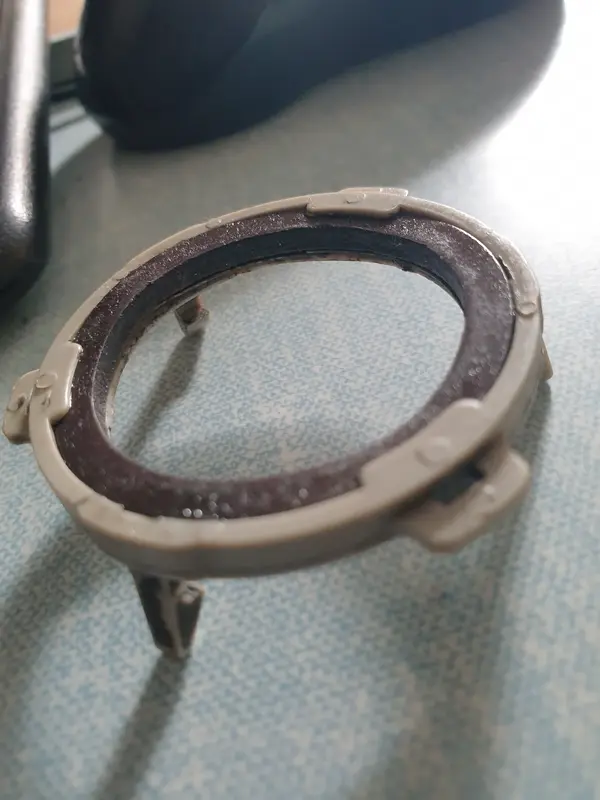Dr Dremel
Fat Chance Fan
Proper nerdy in here, never knew I would find cycling computers interesting.
Going from what @novocaine posted, maybe if you half the number of magnets in the 3D printed ring it would help the sensor pick up the changes in the magnetic field more easily? If it´s possible to double the wheel circumference via calibration it should even read the correct speed?
Going from what @novocaine posted, maybe if you half the number of magnets in the 3D printed ring it would help the sensor pick up the changes in the magnetic field more easily? If it´s possible to double the wheel circumference via calibration it should even read the correct speed?
